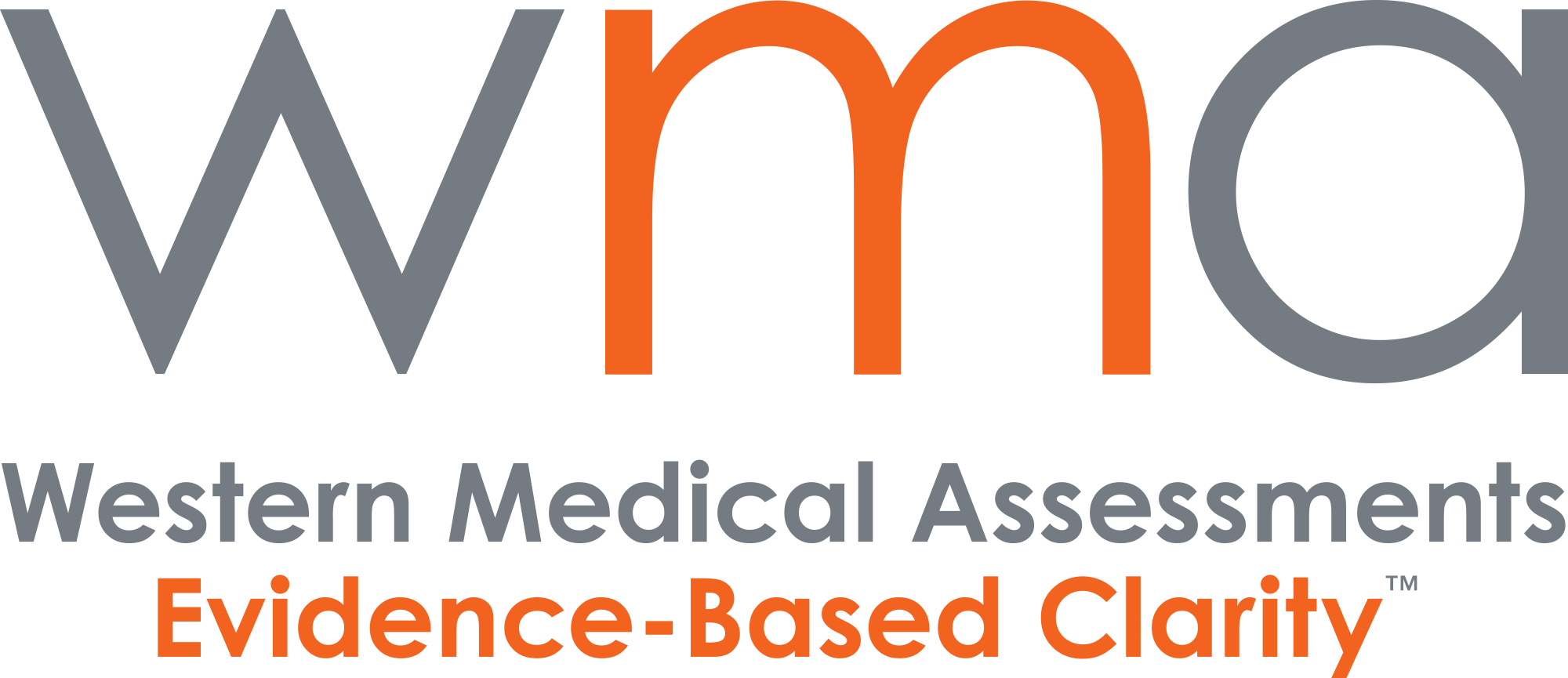August 9, 2024 from Medscape

Light therapy, also known as phototherapy or photobiomodulation, is showing promise as a non-invasive treatment for several conditions, including chronic pain, vision loss, and muscle recovery. With roots dating back to ancient medicine, light therapy has become the subject of modern research, producing promising results for conditions with few treatment options.
Light Therapy for Vision Loss: Promising Results for AMD
One recent study, called LIGHTSITE III, explored how red, near-infrared, and yellow light can improve vision for adults with dry age-related macular degeneration (AMD). Conducted across 10 ophthalmology centers in the U.S., the study treated participants with light therapy for 3-5 weeks every 4 months over two years. The results were significant:
- 67% of treated participants could read five additional letters on an eye chart.
- 20% could read 10 or more letters, compared to none in the sham group.
- Only 7% of the light-therapy group developed advanced AMD, compared to 24% in the sham group.
The Valeda Light Delivery System used in the study, though available in Europe, is awaiting FDA approval in the U.S. Dr. Richard Rosen, study co-author, believes early intervention could make light therapy a breakthrough treatment for dry AMD. However, he warns against over-the-counter light devices for AMD, warning, “Experimenting on your own may be hazardous to your vision.”
Green Light Therapy for Pain Relief
Green light is emerging as a potential remedy for chronic pain. A 2021 study from the University of Arizona found that participants exposed to green light therapy for 10 weeks reported significant reductions in pain. Those with episodic migraines experienced a reduction in headache days from 7.9 to 2.4 per month, while those with chronic migraines saw a decrease from 22.3 to 9.4 days.
“Green light helps your body control and reduce pain,” explains Padma Gulur, MD, a professor of anesthesiology at Duke University. In a separate study, 33% of fibromyalgia patients using green lenses reduced their opioid use by 10% or more. Both studies suggest green light therapy activates natural pain-relief mechanisms, such as serotonin release and the body’s opioid system.
Muscle Recovery with Red Light Therapy
Red light therapy is also gaining popularity among athletes for aiding muscle recovery. In a study led by Jamie Ghigiarelli, PhD, participants exposed to red light therapy after intense exercise showed lower levels of creatine kinase—a marker of muscle damage—compared to a control group.
Red light penetrates muscle cells, boosting energy production within the mitochondria. “Photobiomodulation seems to help with muscle recovery,” said Ghigiarelli. The study recommends red-light devices with specific wavelengths (640 nm for red light and 950 nm for infrared light) and power levels for optimal results.
The Future of Light Therapy
While light therapy is still evolving, early results suggest it may become an essential tool for managing chronic conditions, reducing medication reliance, and improving overall well-being. Patients interested in these treatments should consult healthcare professionals before trying at-home devices, as safety and proper use are critical.
=================================================================
Considering an IME or document review to resolve an insurance claim, legal file, or workplace health and safety issue?
Our specialists provide evidence-based opinions, so get in touch with Western Medical today to learn more about our services.

